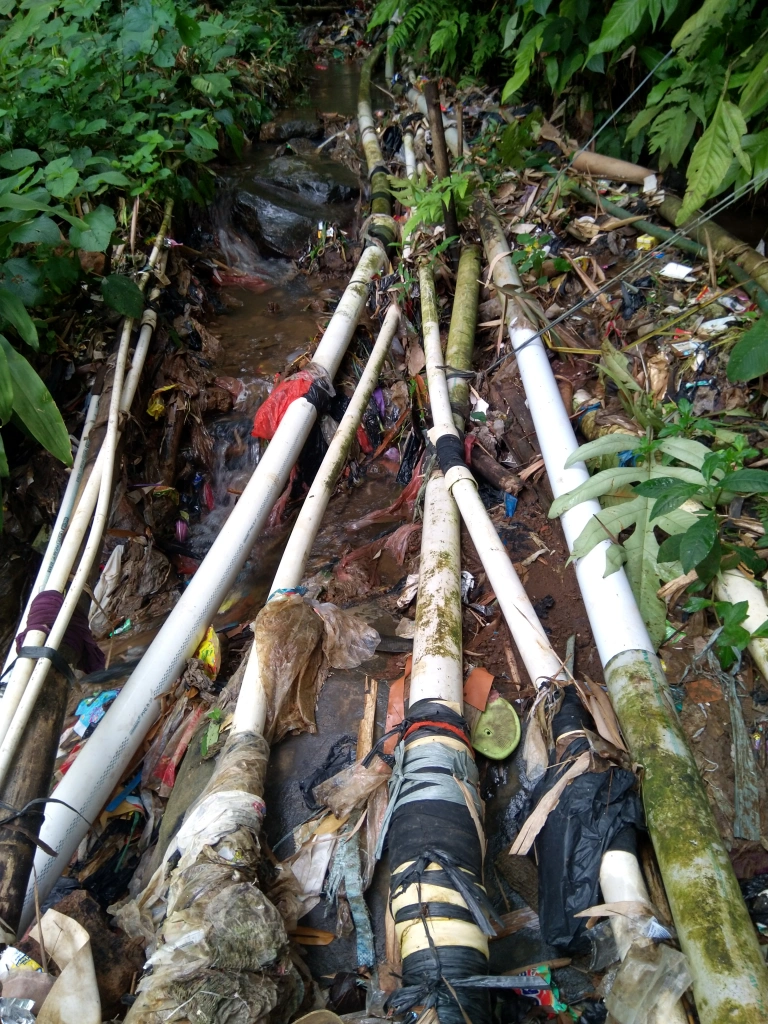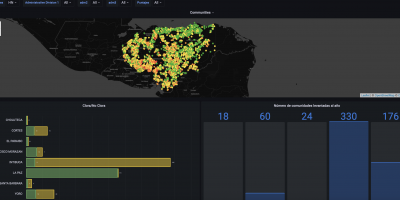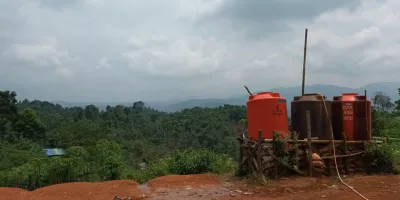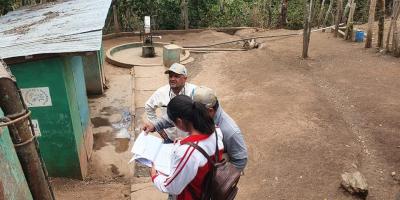Why self supply solutions are needed to reach SDG 6.1
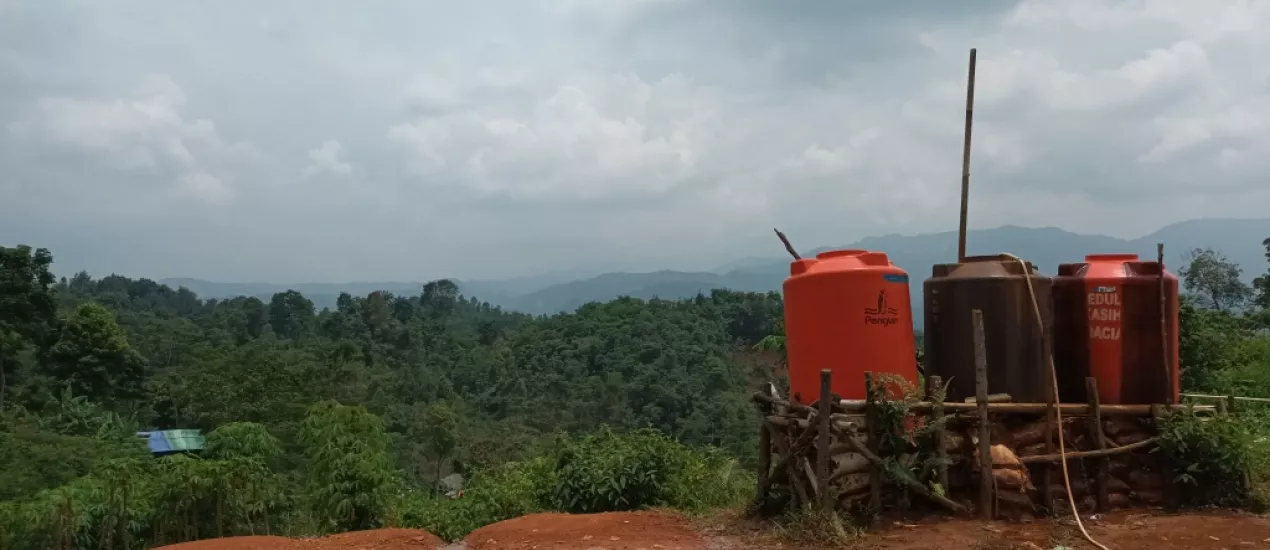
This year we are celebrating 30 years since the RWSN would not be what it is today without the contributions and tireless efforts of many our members, organisations and people. As part of RWSN’s 30th anniversary celebration, we are running a blog series, inviting our friends and experts in the sector to share their thoughts and experiences in the rural water sector.
This is a guest blog by RWSN members Lieselotte Heederik and Steven Ramsey , based in Indonesia.
Only 9% of the 275 million Indonesians use piped water supplied by water utilities for their daily needs and this percentage is decreasing. In this Blog we talk why governments and other institutions should prioritize self-supply solutions. We also discuss how decentralized water supply and treatment can help to achieve universal access to safely managed drinking water.
To achieve universal access to safely managed drinking water by 2030, the Indonesian government and international institutions like the World Bank have focused on increasing piped water access. However, as in many developing countries in the global south, access to piped water in Indonesia remains exceedingly low. Local water utility companies, known as PDAM, only reach about 20% of Indonesian households, of which, less than half use PDAM water for their daily needs. Since only 9% of Indonesians use PDAM supplied water, this implies that 91% of Indonesia’s population use groundwater for domestic use. 91% of Indonesia’s population of 275 million people is around 250.25 million people. To put that number in perspective, that’s larger than the populations of Germany, the United Kingdom, the Netherlands, France, Sweden, and Denmark combined!
Can Piped Water Meet Indonesia’s Domestic Needs?
Water utilities should serve 40 percent of the population by 2019. At least that was planned in the Indonesian Government’s 2015–2019 medium term development plan. As we now know, this target was not met and was moved to the 2020–2024 plan. However the question remains, why does Indonesian government planning focus so heavily on piped water? One reason may come with the prestige that comes with having advanced public utility service. Unfortunately, it’s unlikely that piped water will play a leading role in achieving universal access to safely managed drinking water, and here’s why:
- For decades PDAMs have struggled to meet demand from rapid urbanization. This has led to groundwater overexploitation in many urban areas leading to land subsidence, most notably in Jakarta.
- Bulk raw water resources only supply 30 percent of total demand. With no clear path towards increasing supply, this has led to many PDAMs providing only intermittent service.
- Higher tariffs incentivize PDAMs to prioritize water allocation to industrial usage. This is especially true in low income areas where tariff collection rates are lower.
- Once a well is dug, groundwater is essentially free, compared with having to pay a monthly bill with PDAM water.
Even where access exists, the source is often not safely managed.
With PDAMs struggling to meet even a quarter of domestic demand, it’s no surprise that water quality has taken the back burner. A government study conducted in 2020 found 148 PDAMs produced water that was not safe to drink. Another study in Yogyakarta found 77% of piped water was contaminated with e-coli. This isn’t to say that groundwater quality is any better, in fact it’s often worse, especially if coming from an unprotected source. One study in Jakarta found 24% of samples coming from a groundwater source had fecal matter compared with just 3% coming from piped water. Even bottled water isn’t necessarily free from contamination. In both aforementioned studies, e-coli was detected in water purchased from refill kiosks.
